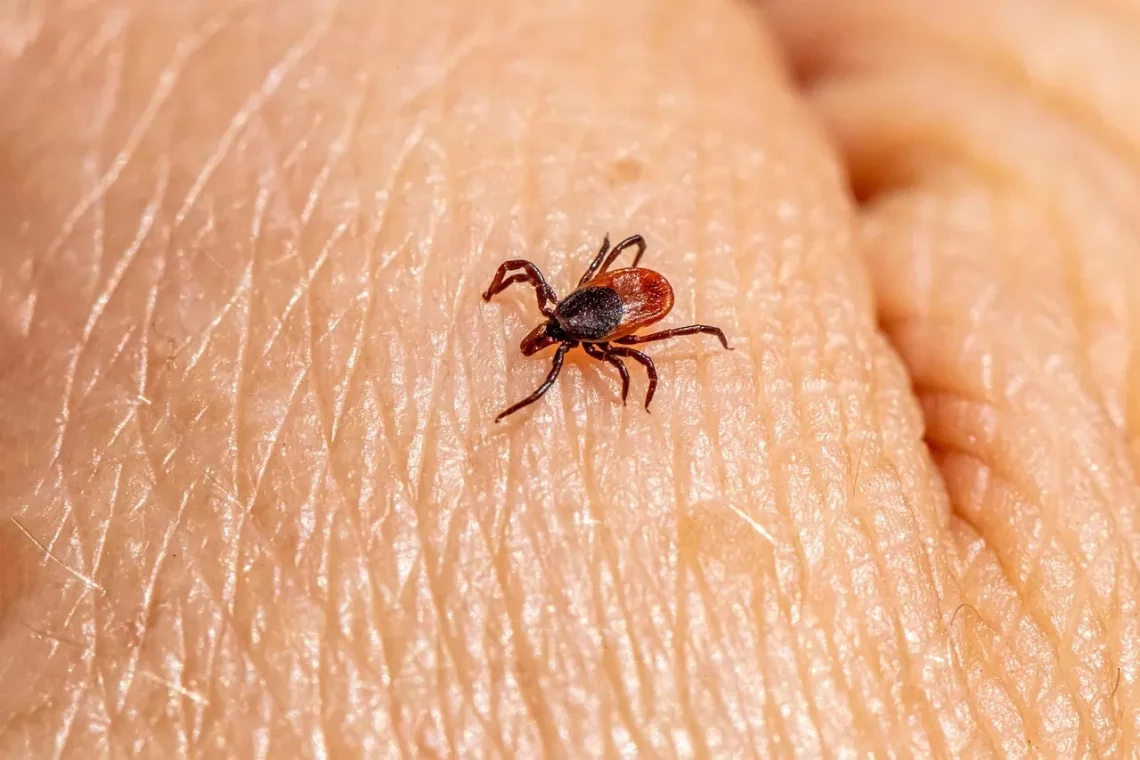
Diatomaceous Earth: A Natural Solution for Tick Control
Diatomaceous earth, a natural substance composed of fossilized aquatic organisms known as diatoms, has garnered attention for its various applications, particularly in pest control. This unique powder is not only a popular choice among organic gardeners but also serves as an effective solution for managing common household pests, including ticks. With the increasing concerns over chemical pesticides and their potential adverse effects on health and the environment, many homeowners are seeking natural alternatives to keep their living spaces safe and pest-free.
Ticks, notorious for their role in transmitting diseases, can pose significant risks to both humans and pets. The rise in tick populations in various regions has prompted an urgent need for effective control measures. While traditional methods often involve the use of harsh chemicals, diatomaceous earth offers a safer and more eco-friendly option. Its effectiveness lies in its physical properties rather than chemical composition, making it a non-toxic solution suitable for households with children and pets. As we explore the benefits and uses of diatomaceous earth for tick control, it becomes clear that this simple yet powerful substance could be a game-changer in pest management strategies.
Understanding Diatomaceous Earth and Its Properties
Diatomaceous earth (DE) is primarily composed of silica, which is derived from the skeletal remains of diatoms, a type of microscopic algae. These tiny organisms once thrived in freshwater and marine environments, forming deposits that have since been mined and processed into a fine powder. The key to diatomaceous earth’s effectiveness lies in its unique structure. The sharp edges of the diatom particles can pierce the exoskeletons of insects, leading to dehydration and ultimately, death.
One of the most appealing aspects of diatomaceous earth is its non-toxic nature. Unlike synthetic pesticides that can have harmful side effects on humans, pets, and beneficial insects, DE is a natural product that poses minimal risk when used appropriately. This makes it particularly attractive for households that prioritize organic gardening practices or want to maintain a safe environment for their children and pets.
Moreover, diatomaceous earth is highly absorbent. It can absorb moisture, which helps in reducing the humidity levels that ticks thrive in. By creating an inhospitable environment for these pests, diatomaceous earth not only kills existing ticks but also prevents new infestations. Its long-lasting effects make it a practical choice for those looking to maintain a tick-free zone in their homes and gardens.
To ensure effectiveness, it’s essential to choose food-grade diatomaceous earth, as industrial-grade products may contain harmful additives. When applying DE, it is crucial to use it in dry conditions and in areas where ticks are likely to hide, such as porches, gardens, and pet resting areas.
How to Use Diatomaceous Earth for Tick Control
Using diatomaceous earth for tick control is straightforward, but there are specific steps to follow to maximize its effectiveness. First, it’s important to identify the areas where ticks are likely to reside. These include grassy areas, wooded regions, and places where pets spend a lot of time.
When applying diatomaceous earth, it is best to wear a mask and gloves to avoid inhaling the fine dust. Sprinkle a thin layer of the powder in the identified areas. Pay special attention to cracks, crevices, and places where ticks are known to hide. A dust applicator can be helpful in achieving an even and thorough distribution of the powder.
It’s also advisable to reapply diatomaceous earth after heavy rains or significant moisture, as water can wash away the powder and reduce its effectiveness. Regularly checking and replenishing the DE in your outdoor spaces will help maintain a barrier against ticks.
For indoor use, diatomaceous earth can be applied in areas where pets sleep or frequent. It can be sprinkled in pet bedding, carpets, and along baseboards. However, ensure that the product is food-grade and safe for pets to avoid any health risks.
Additionally, combining diatomaceous earth with other natural tick deterrents can enhance its effectiveness. For instance, using essential oils known for their insect-repelling properties can create a multi-faceted approach to tick control.
The Benefits of Natural Tick Control Solutions
Opting for natural tick control solutions like diatomaceous earth offers numerous benefits that extend beyond effective pest management. One of the most significant advantages is the reduction of chemical exposure in your home and garden. Traditional pesticides can leave harmful residues that may affect air and soil quality, posing risks to human and animal health. In contrast, diatomaceous earth is a safe alternative that aligns with organic practices.
Moreover, using diatomaceous earth contributes to a more sustainable approach to pest management. By employing natural substances, you are helping to protect beneficial insects and the overall ecosystem. This is particularly important in a time when pollinators like bees are facing serious threats from chemical pesticides.
Another benefit of diatomaceous earth is its cost-effectiveness. A small amount of DE can cover a large area, making it an economical choice for homeowners. Its longevity and ability to remain effective for extended periods also mean fewer applications, saving both time and money in the long run.
Additionally, diatomaceous earth is versatile and can be used for various pest control purposes beyond ticks. It can effectively manage other pests, such as fleas, ants, and cockroaches, making it a valuable addition to any pest control arsenal.
Lastly, many users report peace of mind knowing they are using a natural solution that is safe for their families and pets. This psychological comfort can be an essential factor in choosing pest control methods, especially for those who are environmentally conscious.
Precautions and Considerations When Using Diatomaceous Earth
While diatomaceous earth is generally considered safe, there are some precautions and considerations to keep in mind. First and foremost, it is crucial to use food-grade diatomaceous earth for any applications around pets and children. Industrial-grade DE may contain additives that could be harmful if ingested or inhaled.
When applying diatomaceous earth, it is advisable to avoid direct inhalation of the powder. Wearing a mask during application can help prevent respiratory irritation. Although DE is non-toxic, excessive inhalation of any fine particulate matter can potentially lead to respiratory issues.
It is also important to note that diatomaceous earth works primarily through physical means. Therefore, it may not be as effective in areas with high moisture levels or heavy rainfall. Regular reapplication after wet weather is necessary to maintain its effectiveness.
For those with allergies or sensitivities, it may be wise to conduct a small patch test in a limited area before widespread application. Monitor the reaction after application to ensure there are no adverse effects.
Lastly, while diatomaceous earth is an effective tool in tick control, it should be part of an integrated pest management strategy. Combining it with other natural deterrents, regular yard maintenance, and close monitoring of pet health can provide a comprehensive approach to combating ticks.
In conclusion, diatomaceous earth represents a promising natural solution for tick control, offering a safe and effective alternative to chemical pesticides. Its unique properties and versatility make it a valuable addition to any pest management strategy. As always, it is advisable to consult with a professional or conduct thorough research before implementing new pest control methods in your home.
**Disclaimer**: This article is for informational purposes only and does not constitute medical advice. For health-related concerns, please consult a qualified healthcare professional.




